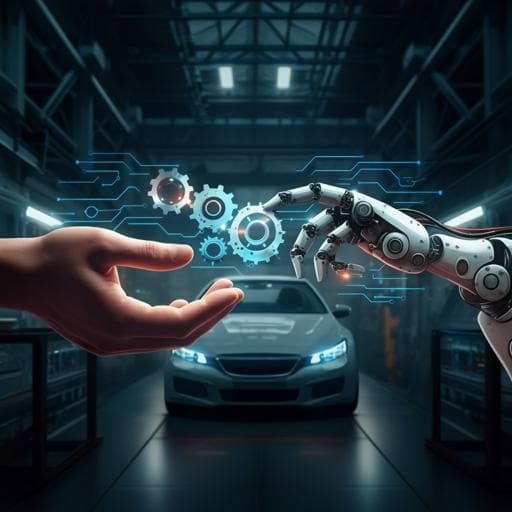
Engineering and Technology
Can robots possess knowledge? Rethinking the DIK(W) pyramid through the lens of employees of an automotive factory
J. Hautala
This fascinating study by Johanna Hautala delves into employees' perceptions of robots' knowledge in a highly automated automotive factory. It reveals that while half of the surveyed employees believe robots can possess knowledge, they see this capacity as inherently tied to human collaboration. The study redefines the classic knowledge pyramid to highlight the symbiotic exchange of knowledge between humans and robots.
~3 min • Beginner • English
Related Publications
Explore these studies to deepen your understanding of the subject.







